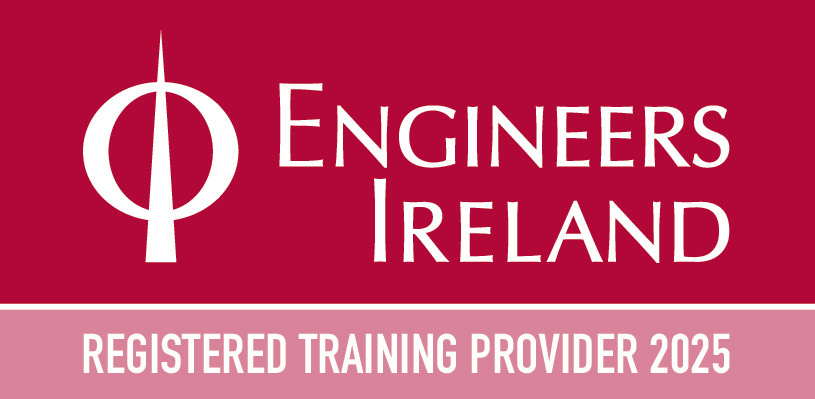ANSI
What is the ANSI Z358.1-2014 Standard?
The ANSI Standard defines emergency eyewash and shower design, location and temperature requirements for proper functionality and usage.
Today, simply providing emergency eyewash and shower products is not enough. Facilities must inspect, test, and monitor emergency equipment system readiness and performance. Each unit must be accessible, usable, and tepid-water equipped.
Even though the most current ANSI Z358.1 standard now dates to 2014, most emergency eyewash and shower units do not yet comply with these significant provisions.
ANSI Z358.1
FREQUENTLY ASKED QUESTIONS
- With the recent revisions to the ANSI standard, are existing eyewash, shower, and drench hose stations required to meet the guidelines?Yes. There is no grandfather clause in the Z358.1 Standard that allows equipment to be exempt.
As the standard changes, existing shower equipment needs to be updated.
- Does OSHA use the ANSI standard?OSHA requires the employer to provide suitable facilities for quick drenching or flushing of the eyes.While OSHA has not formally adopted ANSI Z358.1, they refer employers to the standard as a source of guidance. It is the employer’s responsibility to assess the particular conditions related to the needs of the site to ensure the eye/face wash and shower unit(s) provide suitable protection for employees.
- Does the annual testing require a full 15-minute flow?Yes. The importance is to ensure tepid water throughout the full 15 minutes as well as maintaining the pressure and shower patterns.
- What is the difference between an eye/face wash and just an eyewash?An eyewash is specific to eyes, and the water flow rate is designed to hit only the eye surface, while an eye/face wash will cover the eyes and a portion of the face. In addition, an eyewash has a .4 GPM (1.5 LPM) minimum flow rate and an eye/face wash has a 3.0 GPM (11.4 LPM) minimum flow rate.
- Does the simultaneous requirement for shower activation apply to multiple stations?Those responsible for the health and safety of the area will determine what the potential is for an accident and how many people could be exposed. Once that number is determined, a system is designed for that number of showers and eyewashes to run simultaneously. Example: if a facility has ten showers within a specific area and are required to have two running at the same time, then two showers must be designed to simultaneously activate properly.
- Are there guidelines for placement of eye/face wash stations within a building?The ANSI standard states that the eye/face wash needs to be 10 seconds away from where an accident could occur and needs to be on the same level with no obstructions. For strong acid or strong caustic, the emergency equipment should be immediately adjacent to the hazard.
- Is there a distance conversion?The current ANSI Standard states that the drench equipment must “be in accessible locations that require no more than 10 seconds to reach.” The appendix of the ANSI Z358.1 Standard clarifies by stating “that the average person covers a distance of approximately 55 feet (16.8 m) in 10 seconds.”
- Is it a requirement to change out the old Haws® eye/face wash heads with AXION MSR™ heads?The standard today does not state how to flush the eyes, but that there must be individual flows that go into each eye to remove contaminants. Haws Corporation® re-engineered the eyewash to be Medically Superior with AXION®. The medical industry demonstrates that the correct way to irrigate your eyes is from the inside-out, not from the outside-in. Irrigating from the outside-in has the potential to introduce the chemicals into the nasal cavity which can then be pushed into lungs and cause further internal damage. We recommend that non-AXION equipment be upgraded. Haws offers an AXION Advantage™ upgrade kit.
You can download the ANSI Checklist below.






